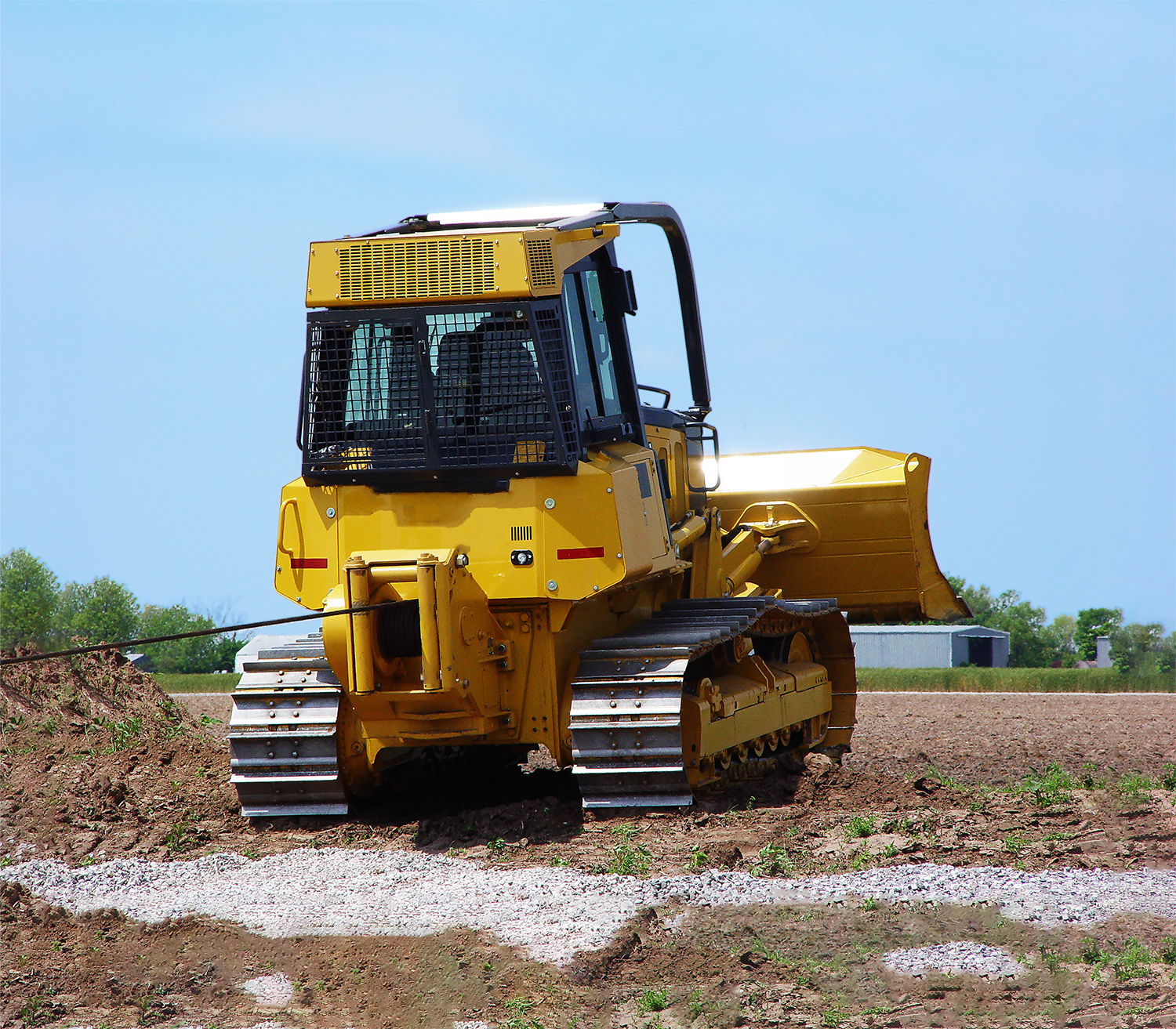
| A tail winch can be an invaluable piece of equipment on the jobsite. From incidental recovery needs to continuous use applications such as cable plowing or steep slope traction assist (yo-yoing), there is a wide range of options to choose from to make sure you select the right winch for your needs.
This guide discusses five key criteria to consider when choosing a tail winch: Mechanical/PTO vs. Hydraulic – For tractors that have mechanical PTO options, PTO winches deliver maximum power to the hook and are extremely efficient, while hydraulic winches offer superior load control, overload protection and less overall required maintenance. Line Pull – The line pull, or load capacity, of the winch is generally matched to the size of the host equipment as well as the intended application. Line Speed – Line speed is a critical consideration, depending on intended usage. When the winch is an integral part of business productivity, high line speed may be important, with or without load. Lower line speeds may suffice for intermittent applications. Cable Capacity – How far do you have to be able to reach in a single pull? Spoiler: You should always choose the shortest length of the smallest diameter rope that provides the strength you need. Drum Release Functions – Make sure you have the appropriate drum release functions—freespool and/or drive-away—for your applications. Freespool and drive-away operate very differently and must not be treated interchangeably. Download: 5 Key Criteria to Consider When Choosing a Tail Winch |

Opt in to receive email communications, including service bulletins, newsletters and product updates.